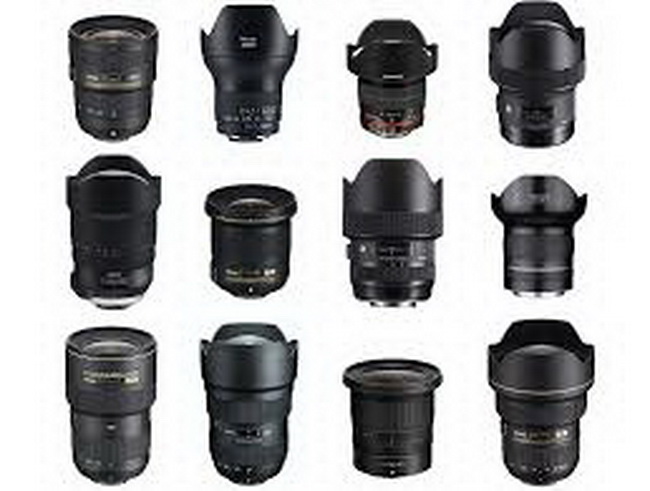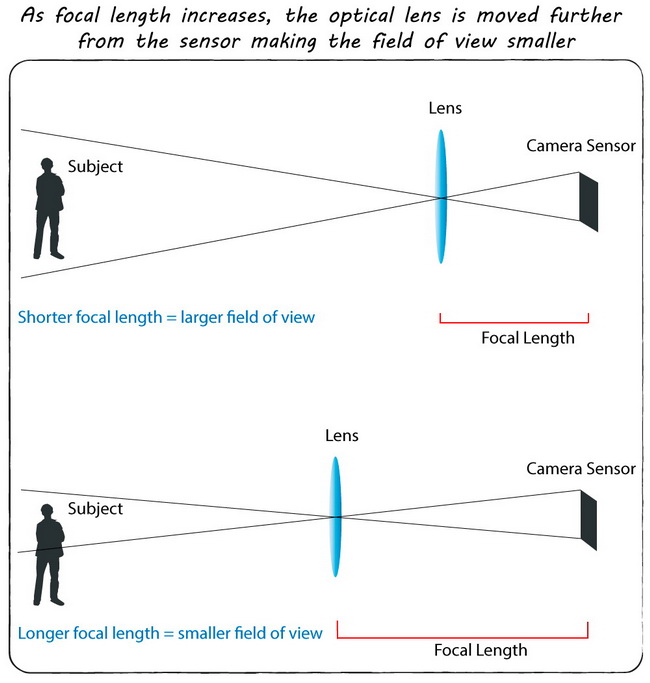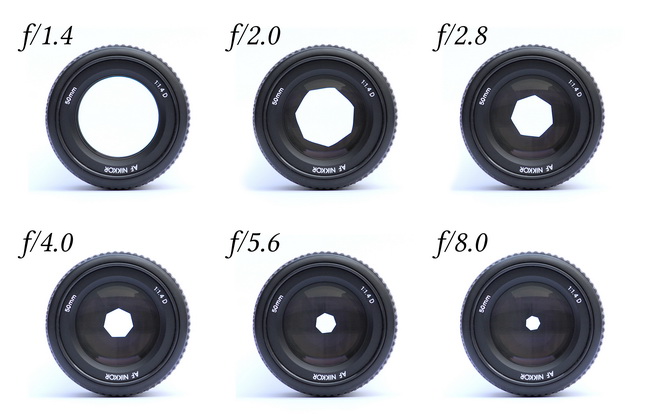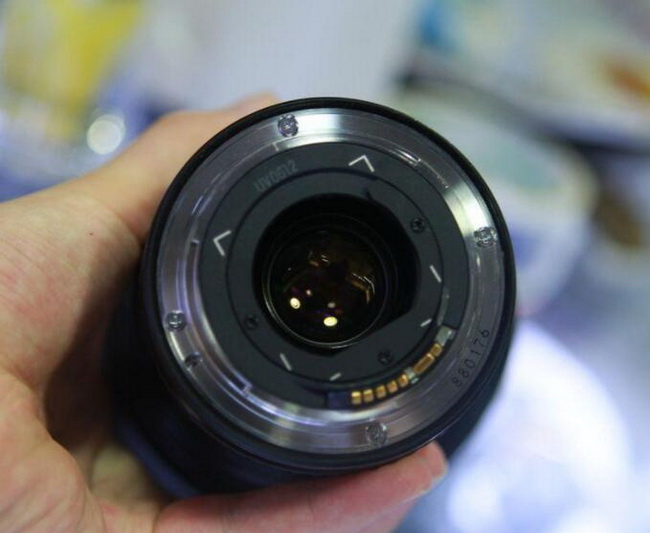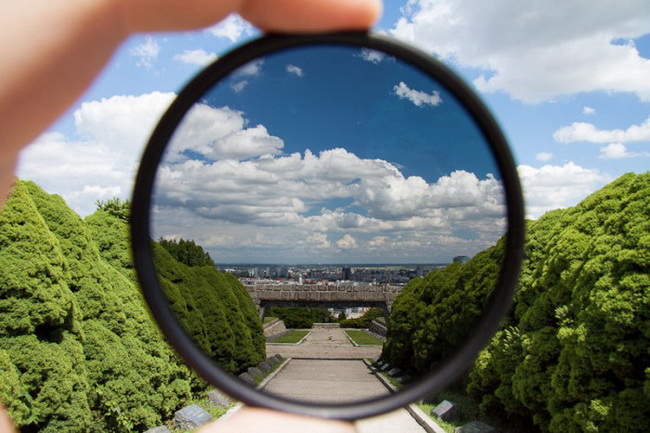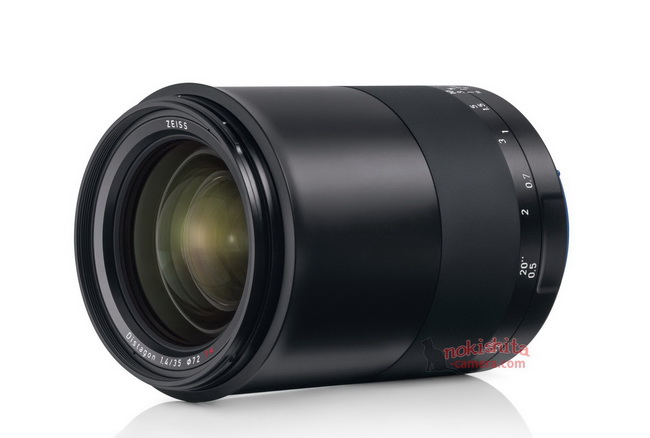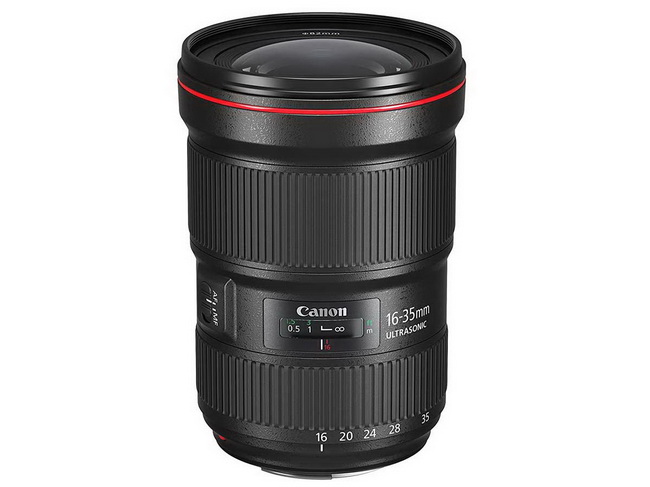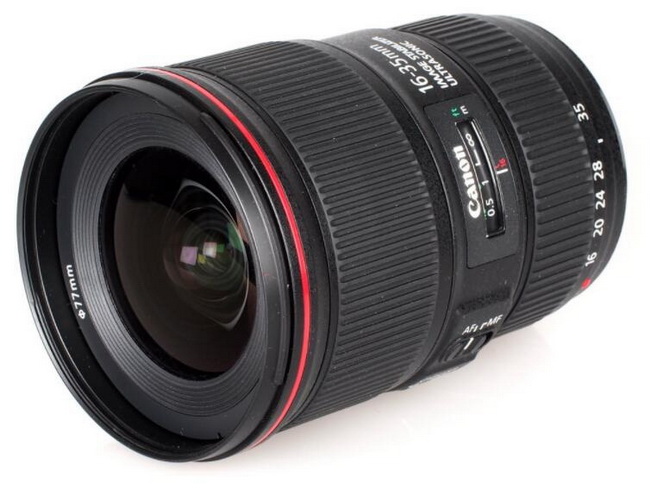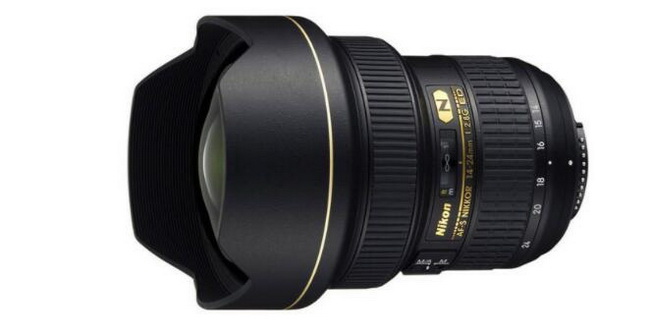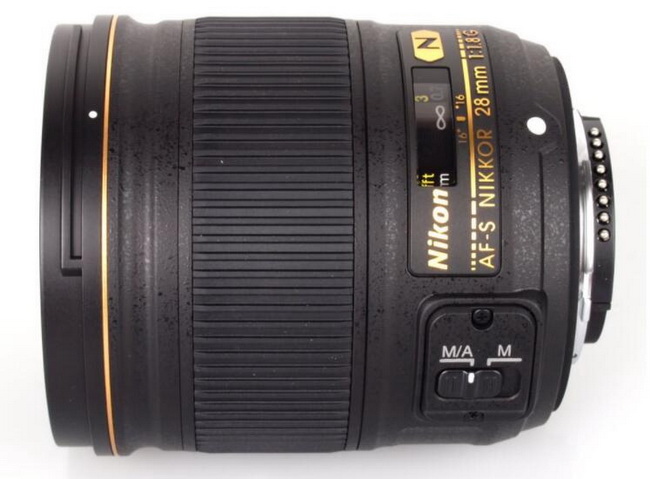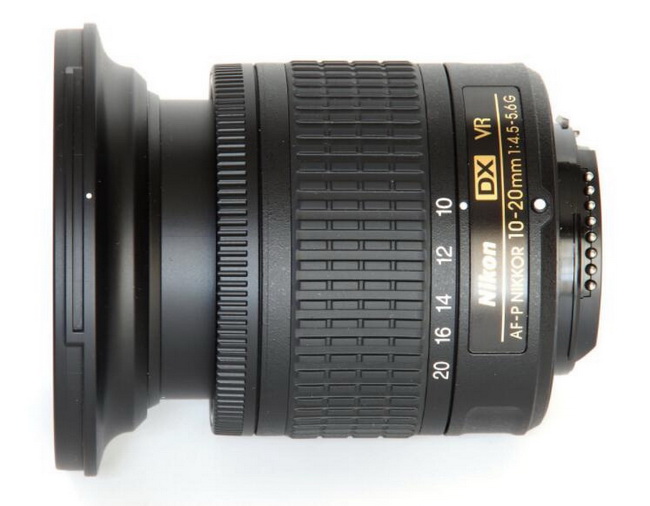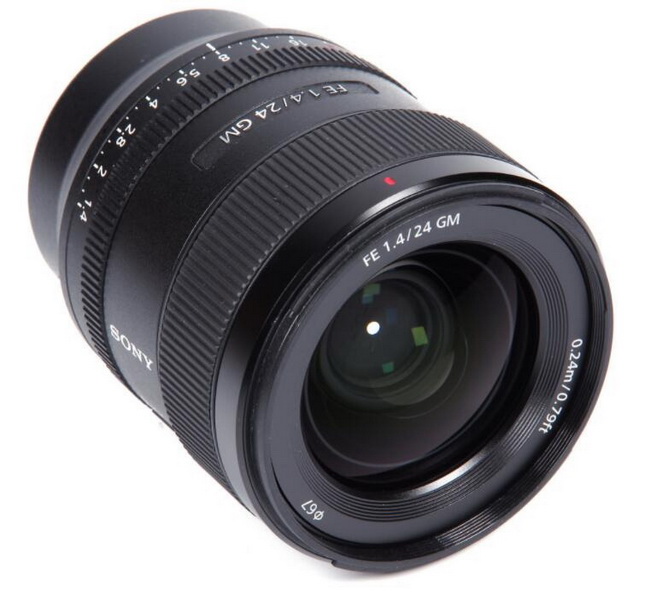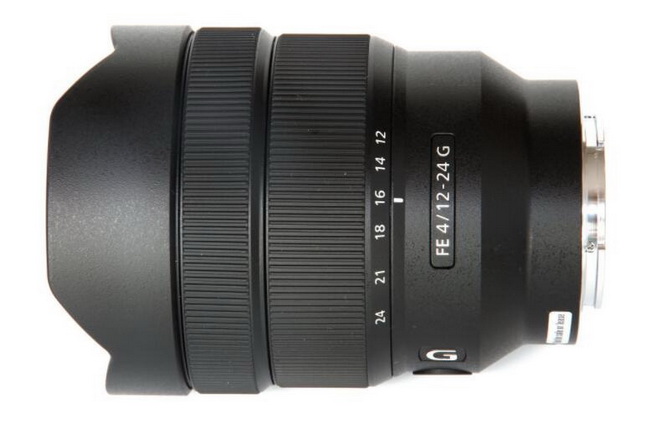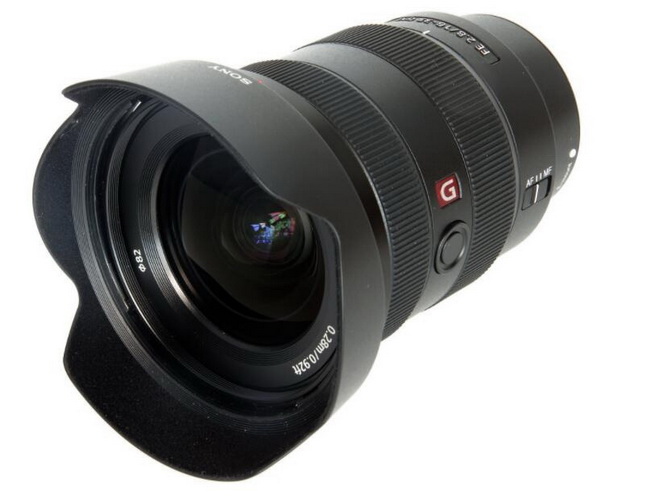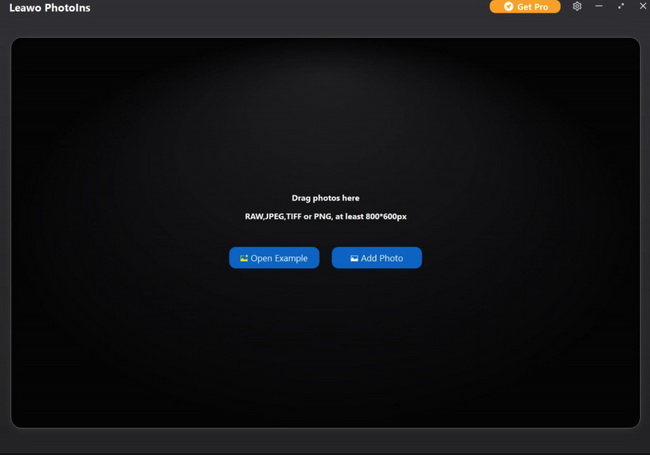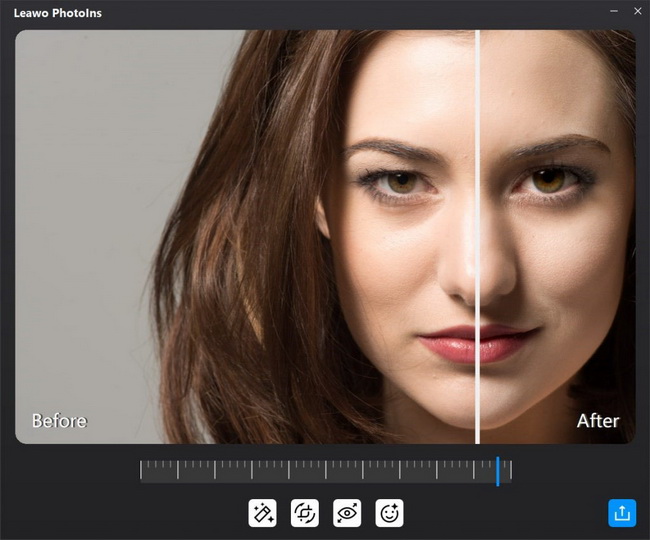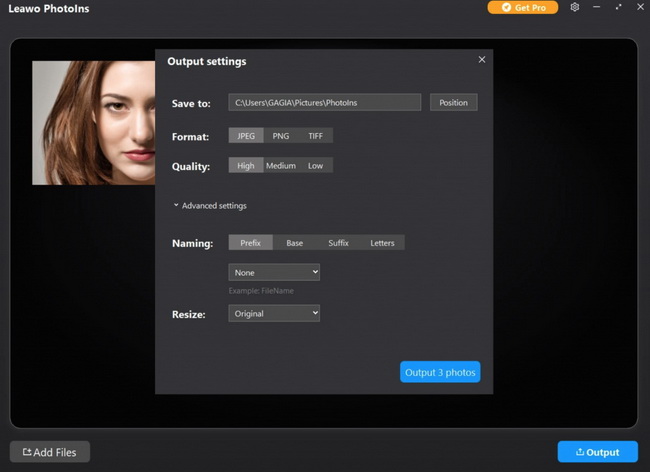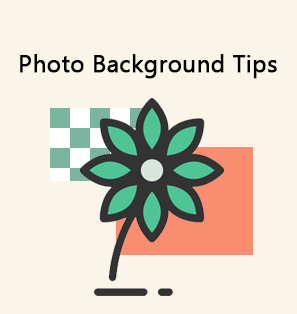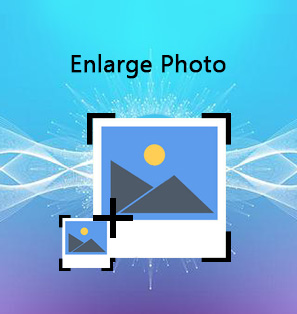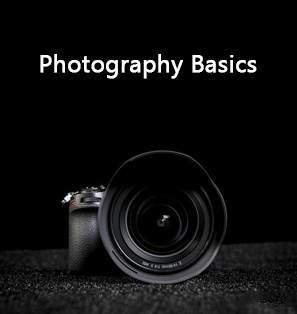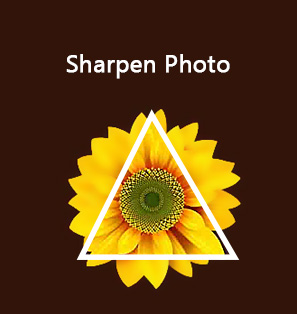If you are a photographer enthusiast, you would pay more attention to the wide angle lens which could bring a lot of fantastic views with accuracy. You have might collected a lot of wide angle lenses for your cameras, like Canon, Nikon or Sony. But if this is your first time to try wide angle lens, then you would be unsure what lens to take with various camera models. Especially, nowadays, the upgrades for different wide angle lenses have been adopted from time to time. Some changes about the lens may bring a lot of differences concerning the function and performance. In order to provide the exact recommendation for various cameras, the following 9 best wide angle lenses introduction would be useful to you.
Outline
Part 1: How to Choose a Proper Wide Angle Lens?
Lenses with a focal length of 24mm or less are usually regarded as wide angle lenses, which are characterized by a large angle of view and can accommodate more scenes, which makes them commonly used lenses in so-called landscape and architectural photography. But different wide angle lens have different local length which may determine the final picture quality. Then, how to choose a proper wide angle lens for your camera. You can take the following factors into consideration while choosing the proper wide angle lens.
1. Focal Length
The focal length could be taken to represent the view. The size of the viewing angle depends on the size of the sensor. A larger sensor will present a larger viewing angle, and a smaller sensor will present a tighter viewing angle. Wide angle lens whose focal length is between 24mm-35mm. The wide angle lens has a smaller focal length and a wider angle of view. The standard lens focal length is between 35mm-70mm. The image produced by the standard lens is roughly in line with our naked eyes. The focal length of the telephoto lens is 70mm-300mm. The feature of a telephoto lens is that the focal length is larger than the actual size of the objective lens. The focal length of ultra wide angle lens is between 8mm-24mm. This is a very wide lens that can capture a 180-degree range around the lens.
2. Aperture
Aperture refers to the ratio of the focal length of the lens divided by the lens diameter. Usually F/X is used to represent F for focal length, and X is a number, usually a multiple of the root number 2 (or not). For example, F/4 means that the aperture is 1/4 of the focal length. F/2.8 means that the aperture is 1/2.8 of the focal length. The aperture is 2 times larger than the former, and the amount of light is doubled. However, good quality wide angle lenses are constant apertures. For lenses with non-constant apertures at different focal lengths, the maximum aperture will change with the focal length, which will have a certain impact on exposure. In some sense, the constant aperture also clearly shows the imaging quality and stability of the lens, while the production process and design are better.
3. Lens Anti-shake
Lens anti-shake can use a slower shutter speed for handheld shooting, such as the original 1/60 second shooting can be reduced to 1/30 second shooting; if there is no anti-shake, and then shutter handheld shooting is impossible. When shooting landscapes, it is often necessary to increase the aperture due to too much light, but doing so may affect the final shooting effect. With the lens anti-shake, you can lower the shutter to ensure small aperture shooting, without having to desperately increase the aperture for sufficient light.
4. Polarizing Filters
Polarizing filters are usually placed in front of the camera lens for photography to darken the sky or suppress glare from the lake or sea. Since reflections are often at least partially linearly polarized which can be used to change the balance of light in the photo. This additional step avoids problems with autofocus and metering sensors in some cameras.
Part 2: 3 Best Wide Angle Lenses for Canon
◎ 1. Zeiss Milvus 35mm f/1.4
The Zeiss Milvus 35mm f/1.4 lens continues the design style of the Milvus series lens, but the overall lens is more concise, and the lens looks almost like a straight shape. It uses the SLR lens which has the fixed focus. Its lens structure is 14 elements in 11 groups, 1 aspheric lens and 5 special low dispersion glass lenses whose filter size could reach 72mm.
◎ 2. Canon EF 16-35mm f/2.8L III US
Canon EF 16-35mm f/2.8L III US (third-generation wide angle zoom lens), this wide-angle lens is indispensable for photography enthusiasts who like landscape themes. The 16-35mm ultra-wide-angle focal length makes the field of view very vast. It is broader and more visually impactful. Canon EF 16-35mm f/2.8L III US lens has very slight pincushion distortion on the edge, and the 16mm end is slightly better than the 35mm end.
◎ 3. Canon EF 16-35mm f/4 L IS USM Lens
EF 16-35mm f/4L IS USM lens still maintains its reliability and durability. The lens uses the 77mm filter diameter. In addition to the main IS anti-shake function, this lens has another major improvement in image quality. The lens adopts an optical structure of 16 elements in 12 groups, which can correct various aberrations while ensuring that the entire zoom can provide high contrast, high resolution, and low chromatic aberration images.
Part 3: 3 Best Wide Angle Lens for Nikon
◎ 1. Nikon AF-S Nikkor 14-24mm f/2.8G ED
Nikon AF-S Nikkor 14-24mm f/2.8G ED is a zoom lens introduced by Nikon in 2007. All focal lengths have a maximum aperture of f/2.8, and at a focal length of 14-24 mm, the shortest subject focusing distance of 0.28 m/0.9 ft is suitable for photo journalism and general photography needs.
◎ 2. Nikon AF-S Nikkor 28mm f/1.8G
Nikon AF-S Nikkor 28mm f/1.8G lens is a fast 28mm wide angle fixed focus lens compatible with Nikon FX format and has a maximum aperture of f/1.8. It has the biggest selling point with a maximum aperture of f/1.8 which can take photos with comfortable and blurry beauty. This wide angle lens with the latest optical design and a wide angle of view is an excellent choice for taking landscape and daily life photos. It is also suitable for shooting various scenes more unique photos during travel and vacation.
◎ 3. Nikon AF-P DX Nikkor 10-20mm f/4.5-5.6G VR
Nikon AF-P DX Nikkor 10-20mm f/4.5-5.6G VR is a wide-angle lens that is easy to carry. When paired with a Nikon DX-format digital SLR camera, users can take wide-angle photography. The lens adopts 3 aspherical lenses to provide good optical performance and achieve good image quality. The lens body is small and lightweight. In addition, it provides VR vibration reduction function and quiet autofocus drive.
Part 4: 3 Best Wide Angle Lens for Sony
◎ 1. Sony FE 24mm f/1.4 GM
The new FE 24mm F/1.4 GM was released. The new lens not only has a large aperture and high specifications, but also has excellent volume control. Sony FE 24mm F1.4 GM is the fourth Sony F1.4 fixed-focus large aperture lens. The same as the previous series is that the new product still pursues high-quality optical performance, but it is different from the previous GM or ZA lens. The new FE 24mm F1.4 GM pays more attention to portability, and high-quality lenses can also be small.
◎ 2. Sony FE 12-24mm f/4 G
Sony FE 12-24mm f/4 G continues the consistent design of Sony lenses, with a large zoom ring, the lens uses an internal zoom structure, from 12mm to 24mm, the lens length will not change. Since it is an ultra-wide-angle lens, the front lens group has a large curvature. Like most ultra-wide-angle lenses, the closest focusing distance of the SEL1224G lens is 28cm.
◎ 3. Sony FE 16-35mm f/2.8 G Master
FE 16-35mm F2.8 GM also has the characteristics of light and compactness. The volume of about 88.5x121.6mm and the weight of about 680g have a great advantage in the same level of lens. If it is compared with the full-frame SLR system compared with the FE 16-35mm F2.8 GM with the A7 series fuselage, the advantages are more obvious whether it is carried out or when shooting.
Part 5: How to Enhance RAW Photos Shot by Best Wide Angle Lens for Canon/Nikon/Sony?
Sometimes, there are some shortages about the photos shot by the above professional lens. Then, are there any additional programs to enhance RAW photos shot by the best wide angle lens for Canon, Nikon and Sony? The answer is positive when you rely on Leawo PhotoIns program which can directly process RAW images taken with any camera to obtain the optimal results. Here are the detailed steps on how to enhance the RAW photos.
Step 1. Download and Install Leawo PhotoIns
Download Leawo PhotoIns for free and then install it on your computer in seconds.
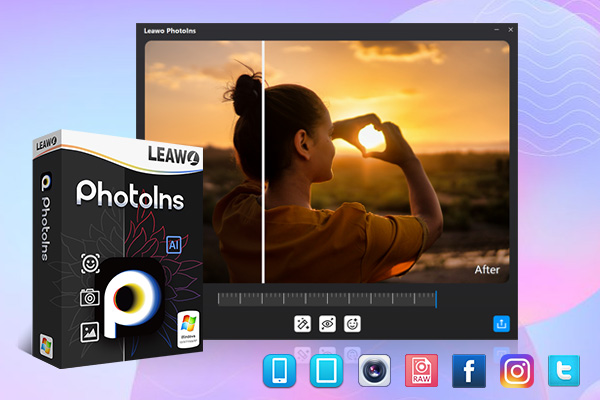
-
Leawo PhotoIns
- Enhance portrait photos easily with advanced AI technology
- Fix photo exposure and white balance issues automatically
- Optimize photo colors and perfect photo tints
- Make photos perfectly clear with smart dehaze
- Boost photo lighting and color quality
- Process RAW and JPG files
Step 2. Import Source Photos to Leawo PhotoIns
Once you have installed Leawo PhotoIns on your computer, then open it and import source photos you would like to enhance to this program. Enter the main interface of Leawo PhotoIns and you can load preferred RAW photos shot by best lens for Canon/Nikon/Sony into the program by clicking the option “Add Photo”. Or you can simply drag and drop your photos to this program directly. By the way, you can also right click on the loaded photos to delete them as you like. Furthermore, Leawo PhotoIns allows users to edit the photos in batch. You only need to click on “Add Files” to load other more photos.
Step 3. Enhance photos
After loading your preferred photos to the tool, then you can start to enhance the photos. You can click the AI Enhance tab to choose the features, including "Automatic Lens Correction", "Face Enhance" and "Enlarge Eyes". Furthermore, you can find an effect adjuster bar right below the previewer which could allow you to set the degree of each effect.
Step 4. Set output parameters
Once you have chosen your preferred effects and you have applied the AI Enhancer to your chosen pictures, now you need to click the bottom right output icon to proceed for output settings. On the Output Setting panel, you can complete the following things: “Save to” route, “Format”, “Quality”, “Naming”, “Resizing” and so on. Finally click “Output” to export the enhanced photo to your computer.

